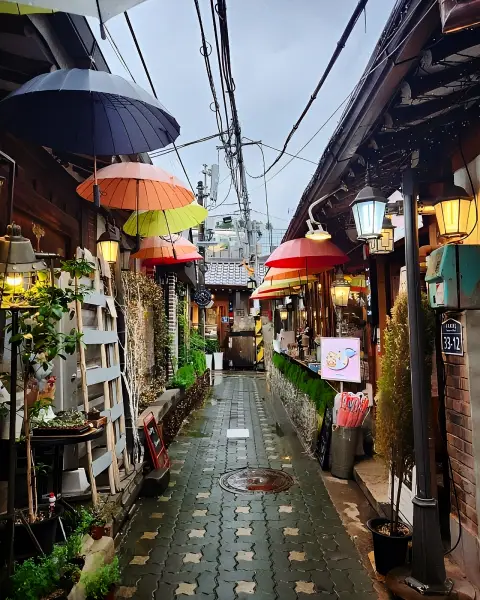Introduction: HONGDAE’s Vibrant Pulse
Amidst the sprawling metropolis of Seoul lies a district that pulses with unmatched creative energy—HONGDAE. To first-time visitors, the name might just sound catchy. But it’s actually a clever abbreviation of Hongik University (Hong-ik Dae-hak-gyo). This small detail is key to understanding HONGDAE’s very soul. What began as a quiet academic corner has transformed into Seoul’s most dynamic cultural hotbed, where artistic rebellion continues to thrive.
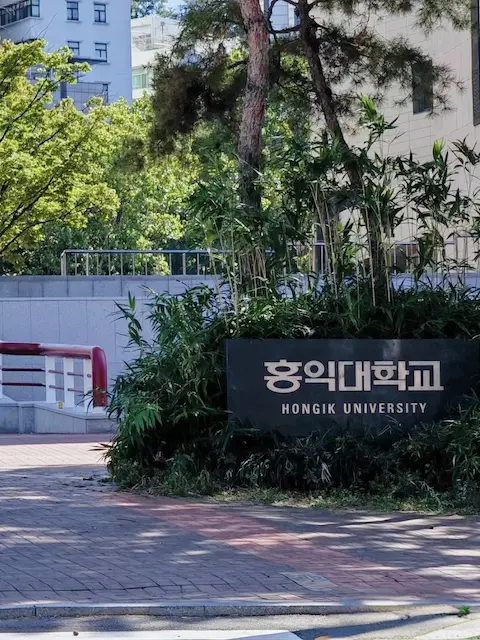
The Genesis: Where Hongdae’s Art and Underground Music Took Root
A Community Born from Fine Arts
HONGDAE’s early identity was shaped by Hongik University’s renowned fine arts department. In its beginning, the area functioned as an extension of the campus, filled with art supply shops, cozy studios, and experimental galleries. It was a tight-knit space driven by creative pursuits.
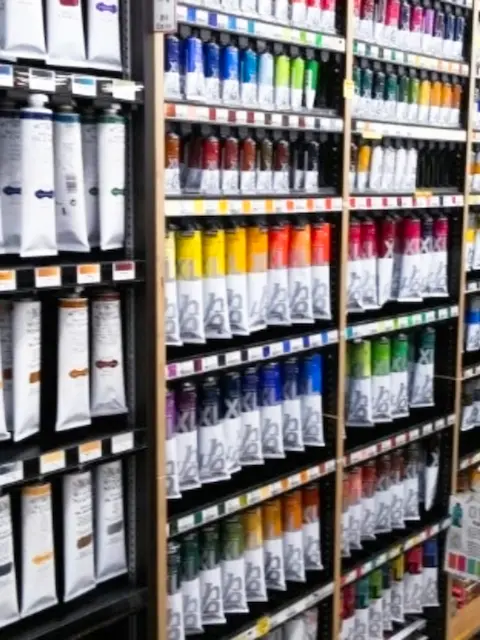
The Rise of Rock and Hip-Hop in Hidden Alleys
In the 1990s, while mainstream Korean pop music dominated the public’s attention, a different kind of cultural wave began to rise in HONGDAE. Tucked into the neighborhood’s narrow alleys, small live clubs offered stages for rock bands and early hip-hop acts—genres largely absent from the airwaves at the time. Bands like Jaurim (자우림) and pioneering hip-hop artists found fertile ground here, forging a raw, authentic, and independent counterculture that challenged the status quo.
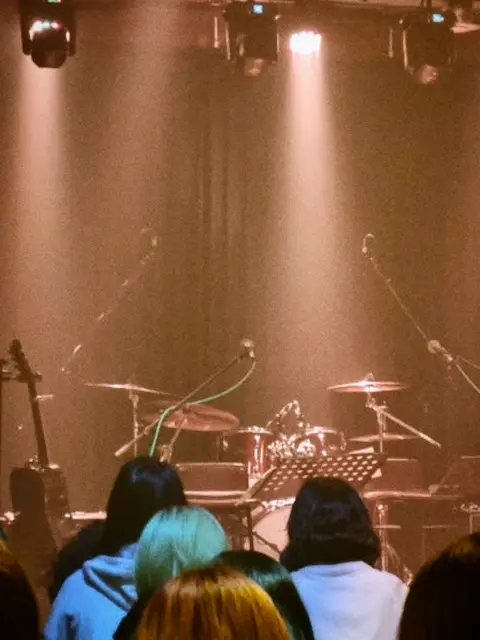
From Niche to Nexus: Hongdae’s Cultural Expansion
A Magnet for Creative Youth in Hongdae
As the underground scene flourished, HONGDAE drew increasing attention—not just from students but from anyone attracted to its free-spirited energy. In the early 2000s, the opening of new subway lines like the Airport Railroad Express (AREX) and the Gyeongui Line made the area more accessible. This brought in a diverse crowd, from office workers to international travelers.

Becoming a Cultural Powerhouse in Seoul
Gradually, HONGDAE morphed into a multifaceted urban hub. Without losing its soul, the district evolved into a place where art, music, fashion, and food collide—offering something compelling for every visitor.
Hongdae Today: A Living Canvas of Seoul’s Creativity
Street Art and Visual Expression in Hongdae
The influence of art students is now embedded in HONGDAE’s outdoor aesthetics. Murals and graffiti turn building facades into public galleries, while weekend flea markets and independent boutiques showcase handcrafted goods and experimental fashion.
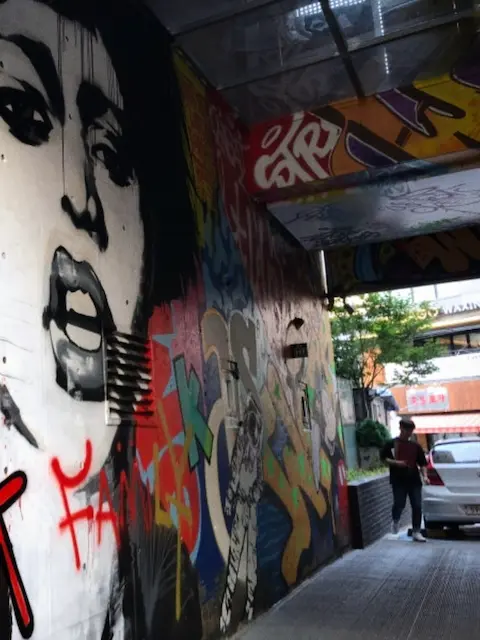
Music Lives On: From Clubs to Busking in the Hongdae Area
The original energy of HONGDAE’s music scene is alive and well. Live clubs remain key venues for rising stars, and buskers—from indie rockers to K-pop dancers—transform the streets into spontaneous stages. It’s not just performance; it’s a cultural ritual.
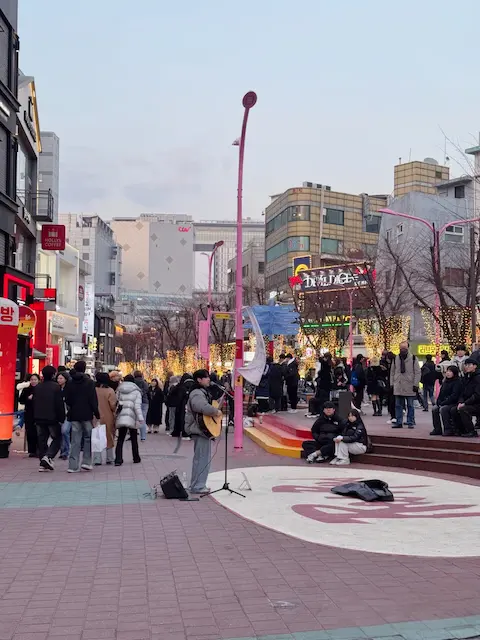
A Culinary Playground in Hongdae
Once catering mainly to students, HONGDAE’s food scene now attracts gourmets and foodies alike. Think boutique cafes, themed dessert spots, Korean BBQ joints, and international fusion eateries. Stylish pubs and rooftop bars keep the nightlife buzzing late into the night.
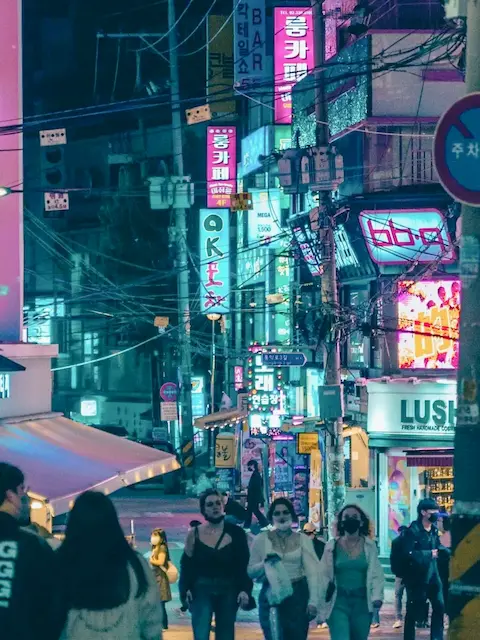
Recreational Freedom and Social Vibes
HONGDAE isn’t just about art and food—it’s a playground. Escape rooms, coin karaoke booths, board game cafés, and interactive entertainment spots reflect the district’s understanding of the value of fun, freedom, and friendship.

FAQs
Q1: How do I get to HONGDAE?
A1: Take Seoul Subway Line 2 to Hongik University Station. Exit 9 leads directly to the action. The AREX line from Incheon International Airport also stops here.
Q2: What is HONGDAE best known for?
A2: HONGDAE is known for its street art, indie music, youth culture, trendy boutiques, busking, and creative dining options.
Q3: Is HONGDAE good for shopping?
A3: Definitely. From independent designer shops to vintage fashion stalls and K-pop stores, it’s a shopper’s paradise with unique finds you won’t get elsewhere.
Q4: What’s the best time to visit HONGDAE?
A4: The area comes alive in the evenings and on weekends, especially when street performers take over. Visit on weekday mornings for a quieter, more relaxed vibe.
Q5: Is HONGDAE family-friendly?
A5: While it caters mostly to youth culture, families can enjoy art walls, animal cafes, and themed restaurants. The nightlife might be less suitable for young kids, though.
What Makes HONGDAE More Than a Tourist Destination?
If you’ve ever wondered why HONGDAE is worth visiting, the answer goes beyond food and fashion. It’s not just about what you see—it’s about what you feel. From rebellious sounds echoing through live clubs to street murals that speak volumes, HONGDAE offers a rare blend of culture, emotion, and identity. This story helps you see HONGDAE not just as a destination, but as Seoul’s living, breathing creative soul.
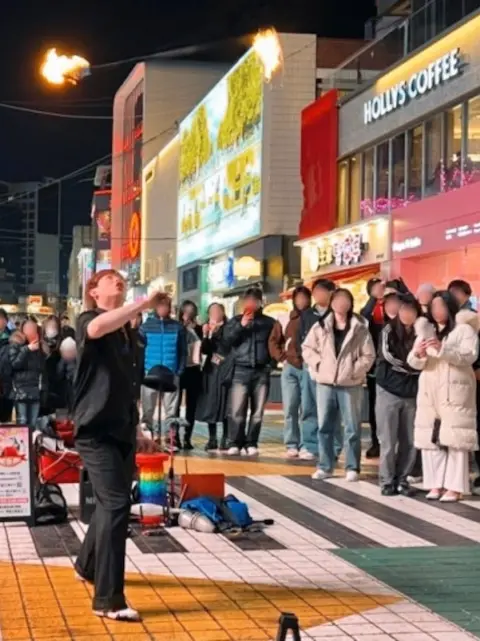
Conclusion: Why HONGDAE Captures the Soul of Modern Seoul
HONGDAE isn’t just a destination—it’s a living, evolving expression of Seoul’s youth, creativity, and energy. With roots in fine arts and a legacy of musical rebellion, it has become a cultural melting pot that continues to shape trends, ideas, and experiences. For anyone looking to understand the heart of modern Korean creativity, HONGDAE offers a journey like no other.

